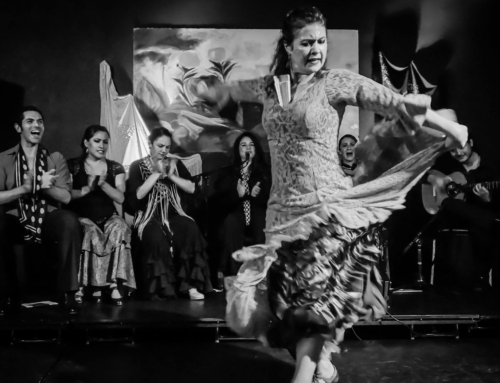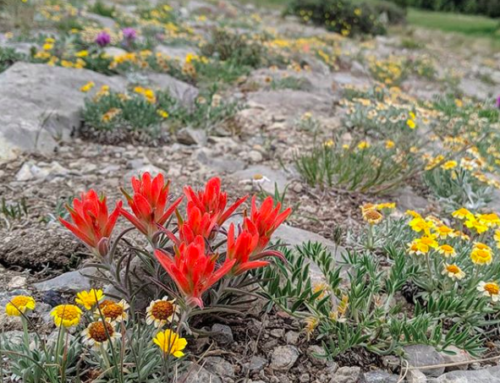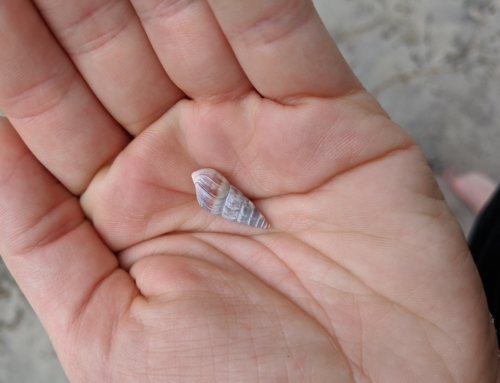I live a life that some people might call gypsy-like. I don’t seem to spend more than a few months in any one place–which isn’t to say that I don’t have a home–I’m lucky enough to call New York City home. Even with a place to come back to, it can be tiring to travel so much, but there are benefits to that lifestyle. One of the fun aspects is that I get to work with a variety of people, see lots of cities, and I get to have some really interesting conversations with fellow gypsy performing artists.
 |
| The Jácome Flamenco group at the APAP showcase in NYC. |
I recently did a showcase with Jácome Flamenco, a company based in Arizona working on a show that is a fusion of Mariachi and Flamenco music. It was a great change of pace from my regular gigs and company work, and gave me some new perspectives on flamenco fusion. It was also great to work with different people–every director and choreographer has a different way of working, and I learn so much about running a company or rehearsals, picking up from different directors what is most effective and how I want to run a company one day. And I got to work with an old friend from Albuquerque; that’s something else great about flamenco, you get to work with old friends from other sides of the country every now and again.
As part of this gypsy lifestyle, I don’t really have money to stay in a hotel if I am traveling on my own, but I do have lots of connections through the dance and performing world, which means I can usually find a friend with whom I can stay. I had to travel to Philly this past weekend, and stayed with a friend of a friend, someone who happened to be an incredible percussionist and musician–Brad Broomfield. He’s about to leave for Jordan to play in their National Symphony for eight months. We spent quite a while talking about flamenco, and I thought I would share some of that with you, since it gave me some new perspectives on the interaction between musicians and dancers.
Brad and I got on to the topic of how important it is to internalize the compás, or the rhythm, in all music genres. And specifically in flamenco, without that it’s impossible to really improvise and weave in and out of the rhythm, embellishing, syncopating, or creating layers, textures, and melodies. Without the rhythm internalized, there’s no way to have a real conversation between the dancer and the musicians. That’s probably one of the toughest things for me in flamenco. I’ve spent countless hours doing various exercises with a metronome to work on that. But internalizing a rhythm means you can’t think about the rhythm–it has to be as engrained as breathing, it’s happening but you don’t necessarily have to think about it to make it happen. If you’re thinking about the rhythm too much, you can’t weave in and out of it. I’d forgotten about the musical term “internalize,” though that is exactly what I’m working on when I work with a metronome.
| Manuel Soler, one of the pioneers of flamenco cajón. |
Brad plays the cajón, a box drum that has origins in Peru, to accompany flamenco. The cajón is not a necessary element to flamenco–yes, it is often used, but the essential elements of flamenco do not include cajón. However, it adds a layer to flamenco that I have become accustomed to and appreciate. However, I’ve generally disliked when cajón players play exactly, “word for word,” what a dancer is doing with his or her feet. But Brad made a good point, even if the percussionist is doing exactly the same rhythm as the dancer, the percussionist adds a texture to the foot rhythms that otherwise would not be there. He explained how he tries to find a balance between keeping a clear steady rhythm and embellishing, and he really finds importance in being able to “play off” the dancer, i.e. react to her rhythms and have a back and forth between dancer and musician.
It was great to have an in-depth conversation with a great musician who is new to flamenco and discovering its nuances and who has a different perspective from a dancer. It’s easy to stay stuck in the my world as a dancer, so I think it’s really important for these sorts of discussions to occur. I spend a lot of time studying the singing, since that is, to me, the guiding element in flamenco, so it’s great to learn a bit more about the cajón and guitar.








Leave A Comment